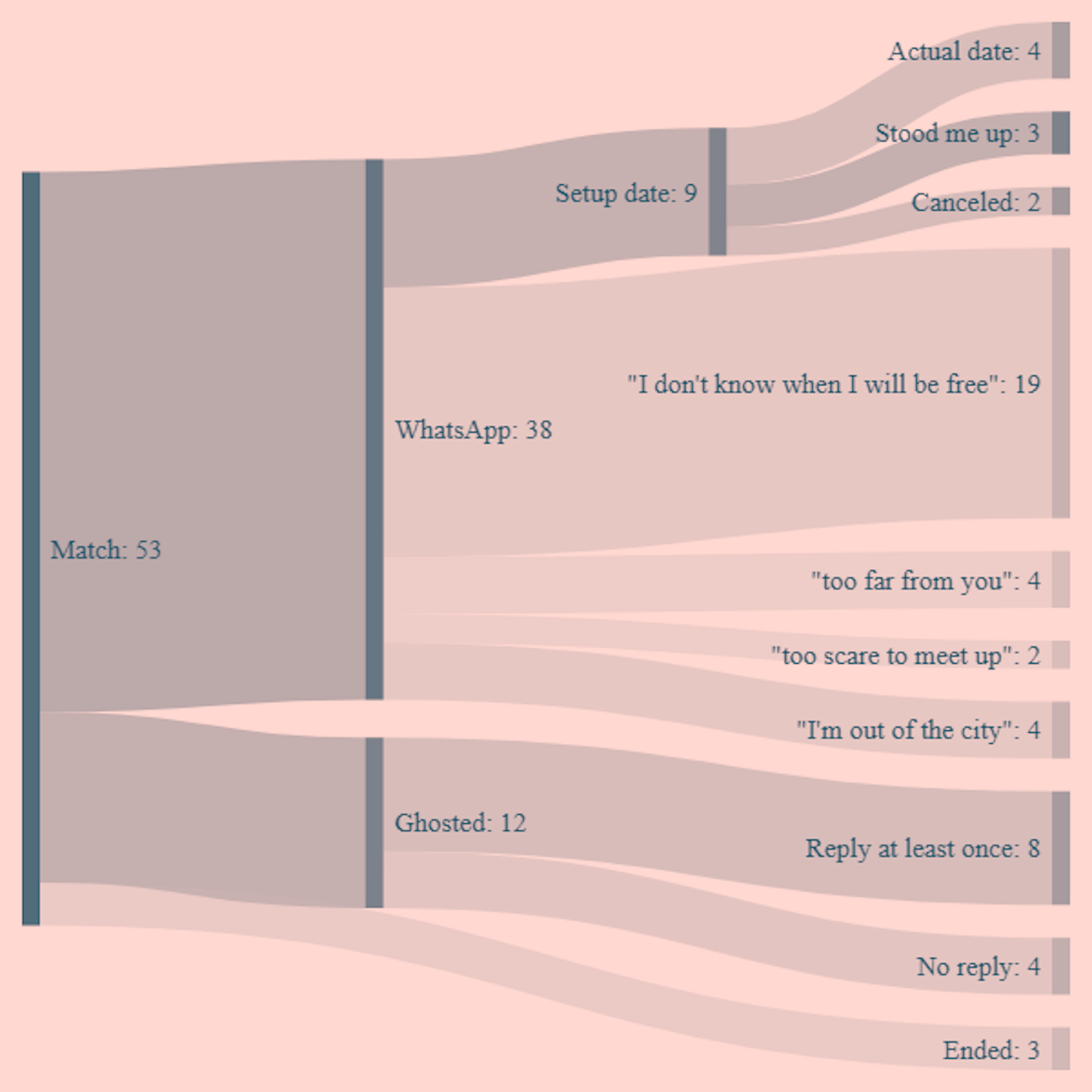Tinder has announced it will launch a new feature for its Tinder U users: “Spring Break mode.” The idea behind the feature is to have student users swipe on potential matches ahead of their spring break vacation to a set list of the typical locations students may find themselves at this March including Miami, Cabo San Lucas, Puerto Rico, New Orleans, and Las Vegas, among others (there’s also a “staycation” option).
Tinder is eager to be the go-to dating app for college students, even if it means leaning into the stereotype that it is purposely built for hooking up. This means pulling out all the stops to cultivate a loyal, even reliant, generation of users who use tech in order to avoid the sting of in-person rejection.
Tinder Plus and Tinder Gold already offer forms of location arbitrage for drumming up matches around travel (either swiping ahead of a vacation or offering the ability to continue to swipe on one’s home location while away), but given the fact most cash-strapped college students aren’t about to drop money on their casual dating app, the features makes sense as an event-specific perk for Tinder U users.
“Spring Break mode” will likely land best with users who have something more like a love-hate relationship with Tinder and platforms like it, as opposed to fatigue or apathy — people who seek meaningful connections on dating apps seem to be among the apps’ most dissatisfied users. We no longer know how to date without these apps, but dating with these apps is often more bad than good. Dating-app dissatisfaction has also pushed many people to a somewhat more old-fashioned approach: direct messaging people they’re interested in on more general-purpose apps like Instagram as an attempt to bypass the often fraught in-person experience of asking someone out, or maintain plausible deniability about their interest in dating.
For the students more interested in hooking up than doing anything serious, rather than go into spring break maybe hoping for serendipitous, romantic encounter, they can now prepare ahead by simply charging their phones.

